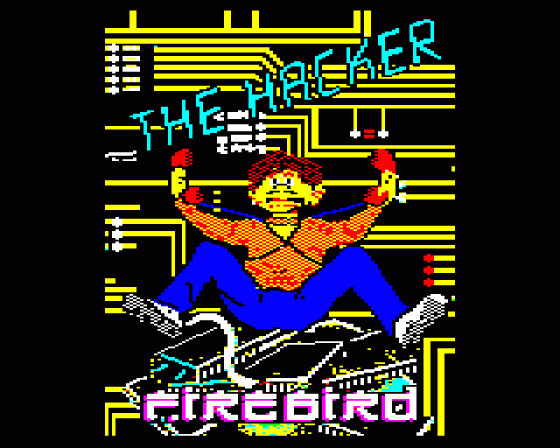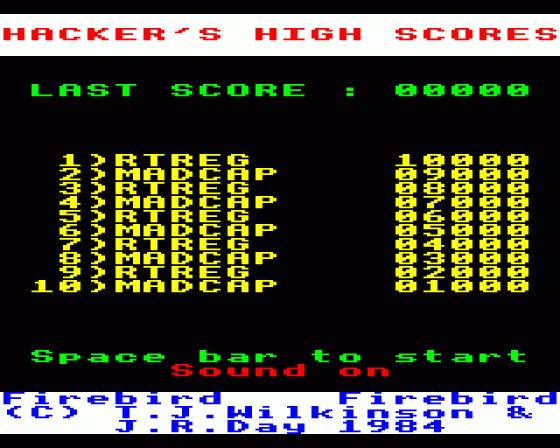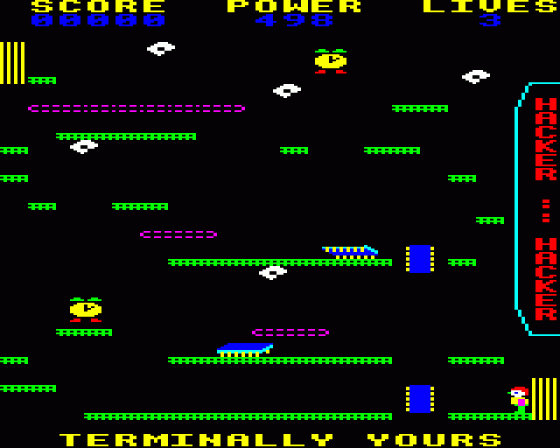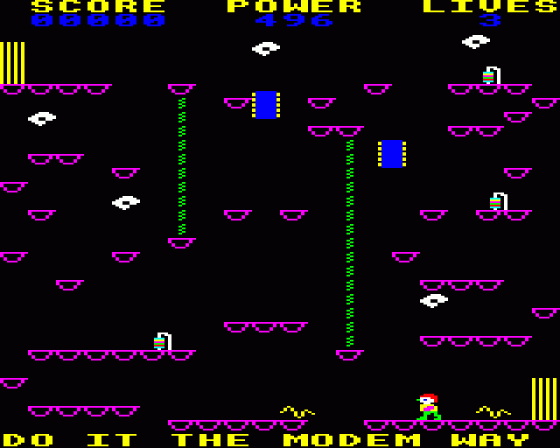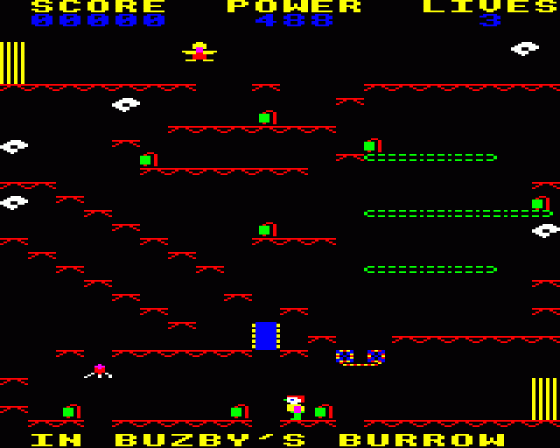Other Reviews Of The Hacker For The Acorn Electron
The Hacker (Firebird)
A review by Roland Waddilove (Electron User)
The Hacker (Firebird)
A review by Beejay (Electron User)
The Hacker (Firebird)
A review by J.D. (Home Computing Weekly)
The Hacker (Firebird)
A review


 26th August 2018
26th August 2018
